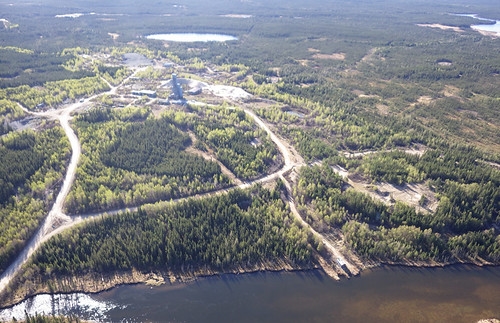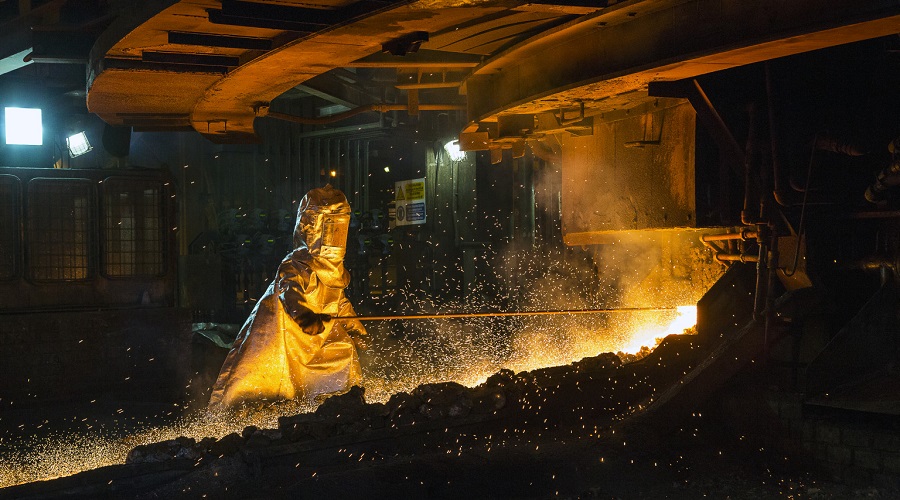Alamos Gold updates feasibility of gold production from former Lynn Lake mine

The feasibility study for a gold mine at Lynn Lake, Manitoba, has been updated by Alamos Gold (TSX: AGI; NYSE: AGI). It confirms higher production, lower costs, a longer life, and only a modest increase in pre-production capital, compared the previous study done in 2017.
The 2023 feasibility study predicts an average annual gold production of 207,000 oz. in each of the first five years and 176,000 oz. per year over the initial 10 years of operation. The 10-year average represents a 23% increase over the previous study.
Average mine site all-in sustaining costs over the first 10-years of operation are $599 per oz., a drop of 6% from six years ago.
The mineral reserves are 44% larger than previously thought. They now total 47.6 million tonnes grading 1.52 g/t gold and containing 2.3 million oz. The reserves will support mining for 17 years, up from 10 years as earlier noted. And life-of-mine output will go up 46% to 2.2 million oz. rather than 1.5 million oz.
The pre-production capital costs have increased to C$632 million plus C$832 million for sustaining capital and reclamation. Those numbers represent a total life-of-mine of $381 per ounce or an increase of 17%.
Alamos says the after-tax net present value (5% discount) for the Lynn Lake project is C$428 million and the after-tax internal rate of return is 17%. With a gold price of $1,675, the project will pay for itself in less than four years.
The re-envisioned project will mine both the Gordon and MacLellan deposits by open pit using electric shovels. The deposits are 30 km apart as the crow flies, and MacLellan ore will be trucked to the MacLellan mill. The mill is to be expanded to 8,000 t/d from 7,000 t/d.
The flowsheet is based on two-stage crushing, semi-autonomous grinding, ball milling, thickening, pre-aeration and leaching, carbon-in-pulp gold recovery, cyanide detoxification, carbon elution and regeneration, and smelting. Two more tanks have been added to the leach circuit to increase retention time and bring gold recovery up to 93.7%.
The tailings management facility will be constructed 2.0 km northeast of the pit and mill site. The dam will be raised as needed to accommodate the life of the mining operation. The tails pond will provide the majority of the process water needs.
Total proven and probable reserves at Lynn Lake are 47.6 million tonnes grading 1.52 g/t gold (2.3 million oz.) and 3.57 g/t silver (5.5 million oz.). Measured and indicated resources are 4.2 million tonnes grading 1.54 g/t gold (197,000 oz.) and 3.37 silver (432,000 oz.) The inferred category contains 4.2 million tonnes at 0.98 g/t gold (133,000 oz.) and 1.49 g/t silver (201,000 oz.)
Lynn Lake also has near-mine and regional exploration potential. The Burt Timber and Linkwood deposits offer smaller, higher-grade resources. Alamos has also been testing regional targets such as Maynard and Tulane along the Lynn Lake greenstone belt.
{{ commodity.name }}
{{ post.title }}
{{ post.date }}

Comments